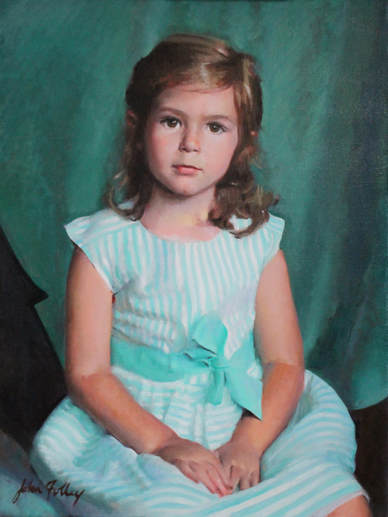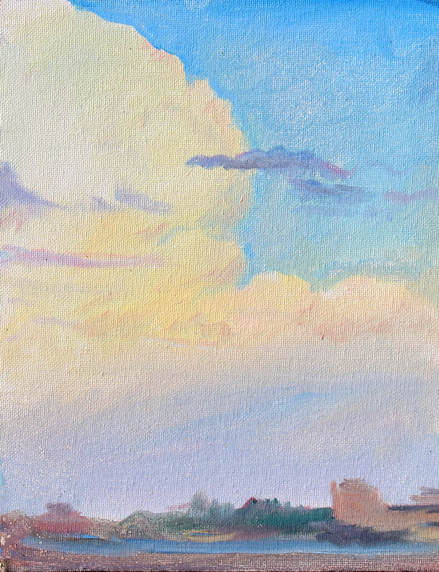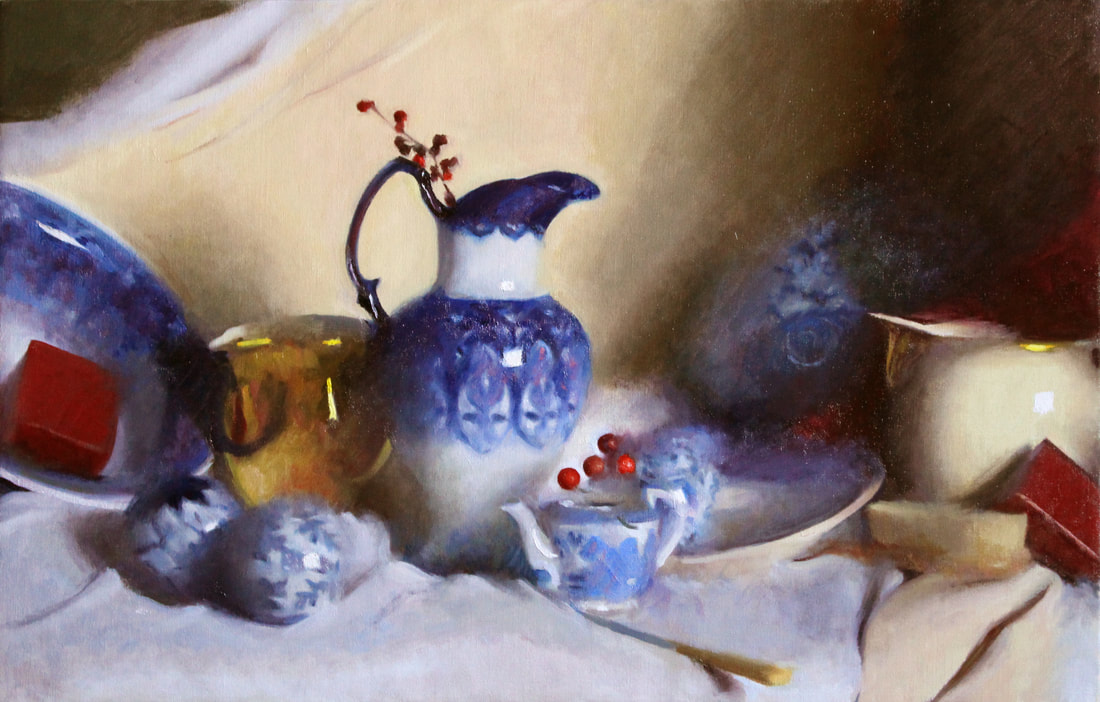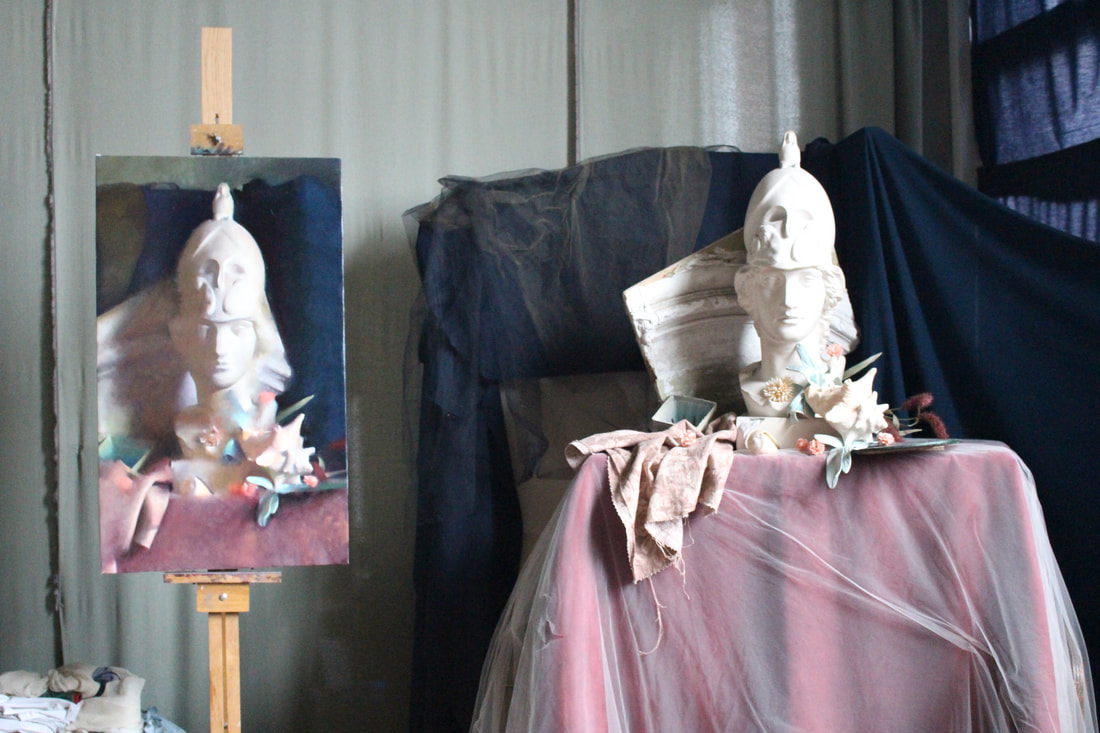|
I am pleased to announce the launch of my current project: a series of paintings and general focus of my work surrounding the theme of The Faces of New England. No doubt you immediately think of human faces -- and so do I. I am available to take on portrait commissions and will be excited to have local patrons who want to be part of this project and who want their faces to represent the beautiful states of Maine, New Hampshire, Vermont, Massachusetts, Rhode Island, and Connecticut. There is no one face that encapsulates the character of this region. I myself will be scouting out subjects that I think embody some aspect of New England and what it means to me. The possibilities here are vast and fascinate me! What are the New England "types?" Are there some folks who may not immediately come to mind, but who deserve to be included? Who do you believe represents New England? I will also be seeking out the Face of New England in the landscape and architecture of the area. Those spots that give us our character; sights and buildings that make New England memorable; places that people come from elsewhere to see -- or perhaps would, if they knew about them! Finally, this theme will make its way into my still life work within the studio. I'll be looking to include objects and products unique to New England within my still life paintings. I'm excited to find inspiration in the things that are around us that we perhaps take for granted: natural objects, artisan products, New England furniture, etc. Keep this in mind for a custom still life request: you might have something that's near and dear to you that you'd like incorporated - and frozen in time - in a still life painting. And, if so, I'd love to hear the story behind it! As we know, Boston is the most prominent city in this region. I'm very proud to be taking my traditional, Boston School training and applying it this way to look all around the region and develop a series that will be meaningful to everyone who cares about this part of the country.
What are your favorite places in New England? Do you know someone who somehow embodies the the region or one of the states, specifically? What are the hidden treasures of this beautiful area that are waiting to be preserved in art? I'd love to hear! I'll have more to say about this project as it develops! #facesofnewengland
5 Comments
This painting began with a focus on the lovely designs, shapes, and colors of the blue porcelain pieces. I loved the icy, wintery feel the colors have and the ornate patterns reminded me both of the patterns ice and frost can make as well as the festive decorations surrounding the Christmas season. I loved playing with the balance of seeing these beautiful blue details and also letting them fade back and not be seen. I knew that I needed a great red to complement the blue but I was not so sure about a yellow and not decided about how much red to incorporate. I had tried a number of things in the studio but wasn't particularly excited about any of my solutions. Finally, I was out driving with my family on a cold day and I noticed a beautiful winter landscape that immediately called to mind my blue porcelain -- and behind it was a soft, bright yellow-pink-gray. At that moment I knew the the same yellow-pink-gray of that sky would complete my color scheme for this work and the painting developed from there. Here is the final product -- what evolved from 'Blue Porcelain' through 'A Wintery Landscape' ...to 'Blue Winter Porcelain.' This painting is now available to collectors. Please click here for more information and feel free to contact us to discuss a purchase.
When I think about general reactions to still life, I remember a good number of people, including my past self, saying, "Still life is boring."
To be fair, even still, I have to agree that many still life paintings are. So why should you as a viewer and we as a culture enjoy still life? Because still life offers a brilliant opportunity to enjoy all of the best things that painting can offer: color, light and form, harmonious composition, chiaroscuro (lost and found), the poetry of omission, and even the close study of detail. In a word, the best still life offers beauty. The common viewer might then reply: "What is so beautiful about making a pot or a gourd or some dishes in paint? Often people paint very ugly pots, gourds, and dishes, even if in many ways they look realistic." What often is not understood about the art of still life painting is that the best artists aren't necessarily interested in the objects per se. The amateur artist is really excited when he accomplishes a reasonable likeness of a pot, and rightfully so; we all have to start somewhere. However the more mature artist is interested in what the pot is doing that makes it beautiful. Even more importantly, the mature artist is interested in what the pot is doing with and to everything else in the picture. The mature artist is interested in the particular beauty and harmony made by the objects even more than the objects themselves. From an artistic point of view, some of the things that an object can "do" that make it beautiful include rolling its form, shimmering in light, "singing" certain color notes, or sweeping a particularly lovely contour line. The artist wonders at and falls in love with these attributes and is not happy until he has captured them in his painting (and seldom is he happy even then!). A particular point in my life stands out to me when I noticed for the first time, in what I would call an artistic way, what an object was doing. I distinctly recall, back in 3rd or 4th grade, setting up a still life at home, all by myself. The reason that I did, I remember clearly: I had recently read and more importantly seen the illustrations from the Old Bear/ Brown Bear by Jane Hissey - and had been deeply struck and even in awe of how ROUNDED the stuffed animals were! What a marvelous thing! How could a flat page take on three dimensional form like that? I had to find out. I had to get that wonderful, beautiful thing in my own drawing. So I set up four or five of my siblings' stuffed animals and got a large, yellowed, mostly unwrinkled piece of packing paper and a pencil and started drawing. And I got a little piece of what I was looking for. Since that day I have found many other things that objects "do" that I have fallen in love with: how an object glows with light; when it hits a pure, clear color note; when it disappears; when its edge projects with a magical silhouette. Every one of these things and much more can be found in still life. So next time you see a still life, try to look past the vase of flowers or the teapot and see what those objects are doing and you might just find something you love. |
AuthorHello there, I'm John H. Folley, an oil painter in the Boston School tradition. Thanks for visiting the Beauty Advocacy Blog, where it's my job to help you become a more discerning art appreciator. Connect with John:
Categories
All
Archives
February 2024
|




